A decade later and still loving the plains
Host: Anna Plains Station
Written by Helen Campion – Owner, Anna Plains Station.
It has been nearly 11 years since we left our city life to take up residence on a cattle station south of Broome to assist my husband’s father in running the business. We arrived on the 26th of January 2006, a significant date, being Australia Day, and we have lived here ever since.
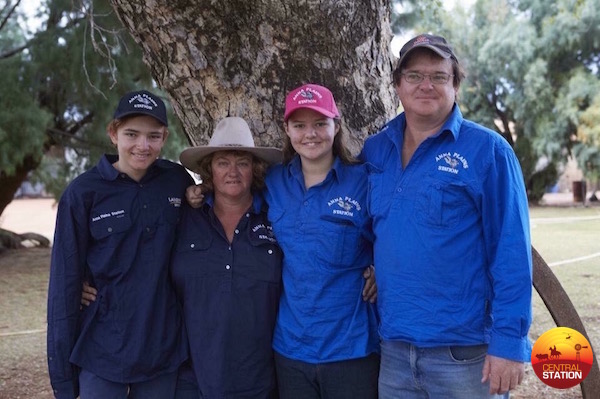 The family who work together, stay together!
The family who work together, stay together!
Anna Plains is a working cattle station located in the Kimberley region, 250km south of Broome and approximately 350km north of Port Hedland. Anna Plains is uniquely located with the Indian Ocean on the western boundary and the Great Sandy Desert on the eastern boundary. The Great Northern Highway bisects the property and runs for 106km from northern to southern end.
The station is unique, as the Marine Plain on the western side of the highway predominantly has improved pastures of buffell and birdwood species and the eastern side is mainly Pindan meaning red sandy soil with spinifex the dominant pasture species. The carrying capacity of Anna Plains is approximately 22,000 head and currently we are running about 10,000 breeders. Most of our cattle are sold for Live Export and some are sold to the domestic market.
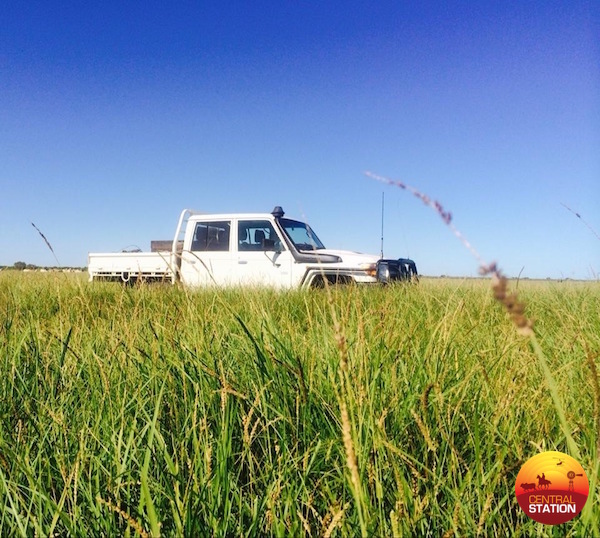 The amazing Buffel grass Ute high!
The amazing Buffel grass Ute high!
There have been a number of changes in the 11 years since we started. Staffing was predominantly based on backpackers and seasonal workers and now many positions are filled with permanent staff. There are opportunities for young agricultural workers and gap year students to experience large animal husbandry techniques and to be skilled in many areas of farming including breeding and cattle management, hay making, and fencing. Mustering and processing cattle through the handling facilities on the station has been made better by installation of laneways, better practices, and implementing low stress handling techniques.
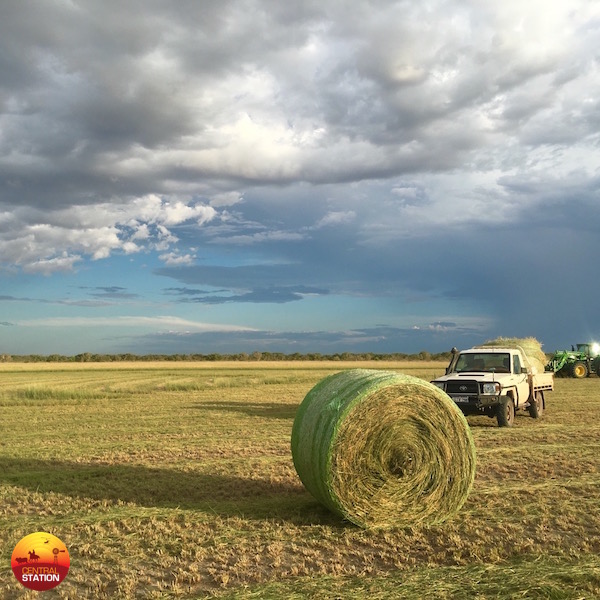 Hay making on our Marine Plain.
Hay making on our Marine Plain.
Improvements to the predominantly Brahman herd on Anna Plains is a work in progress and still continues today. The herd improvements have been made by sourcing stud bulls from various breeders each year to improve the genetics. Breeding polled cattle is a major objective from a welfare prospective. Introduction of heifer management practices has been instrumental in ensuring where possible segregation of heifers until target joining weight is achieved and preferably until they have weaned their first calf. We have seen a decline in out of season calves been born on the property but we still have them.
This year saw our first attempt of Artificially Inseminating (AI) a group of maiden Brahman heifers with Wagyu semen. December will see our first drop of calves which will bring much excitement to the camp and we are hoping the trial will be a success.
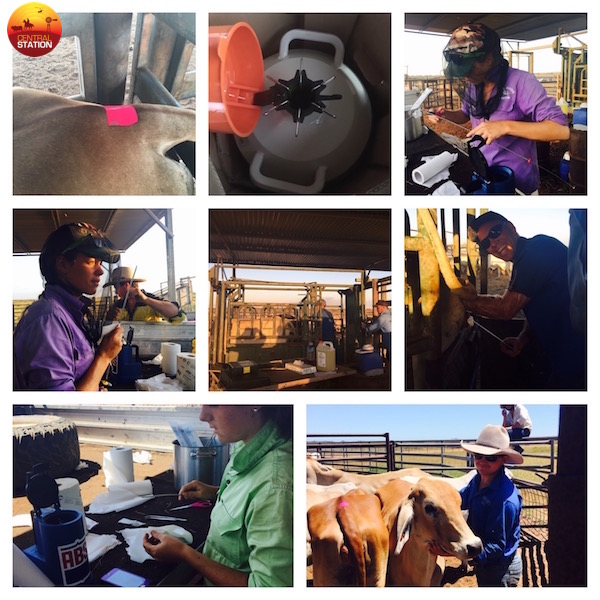 Artificially inseminating cattle.
Artificially inseminating cattle.
On the whole 2016 has seen a below average season as far as rainfall is considered but the cattle prices have been good and the demand for beef has been consistent. As always, the work on a cattle station is never done and our thanks goes to all our tremendous staff who are all individuals put together in one place to work cohesively and have been without a doubt, hard working together as a team.
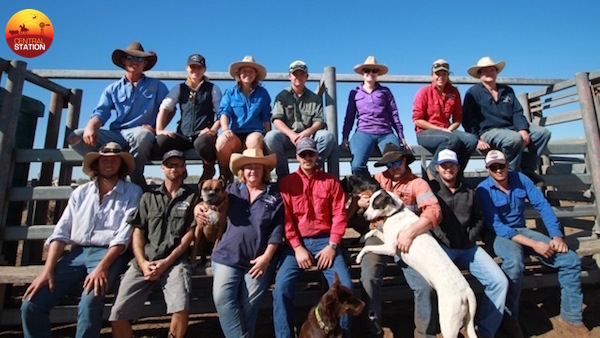 The 2016 Crew.
The 2016 Crew.
